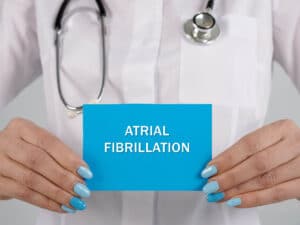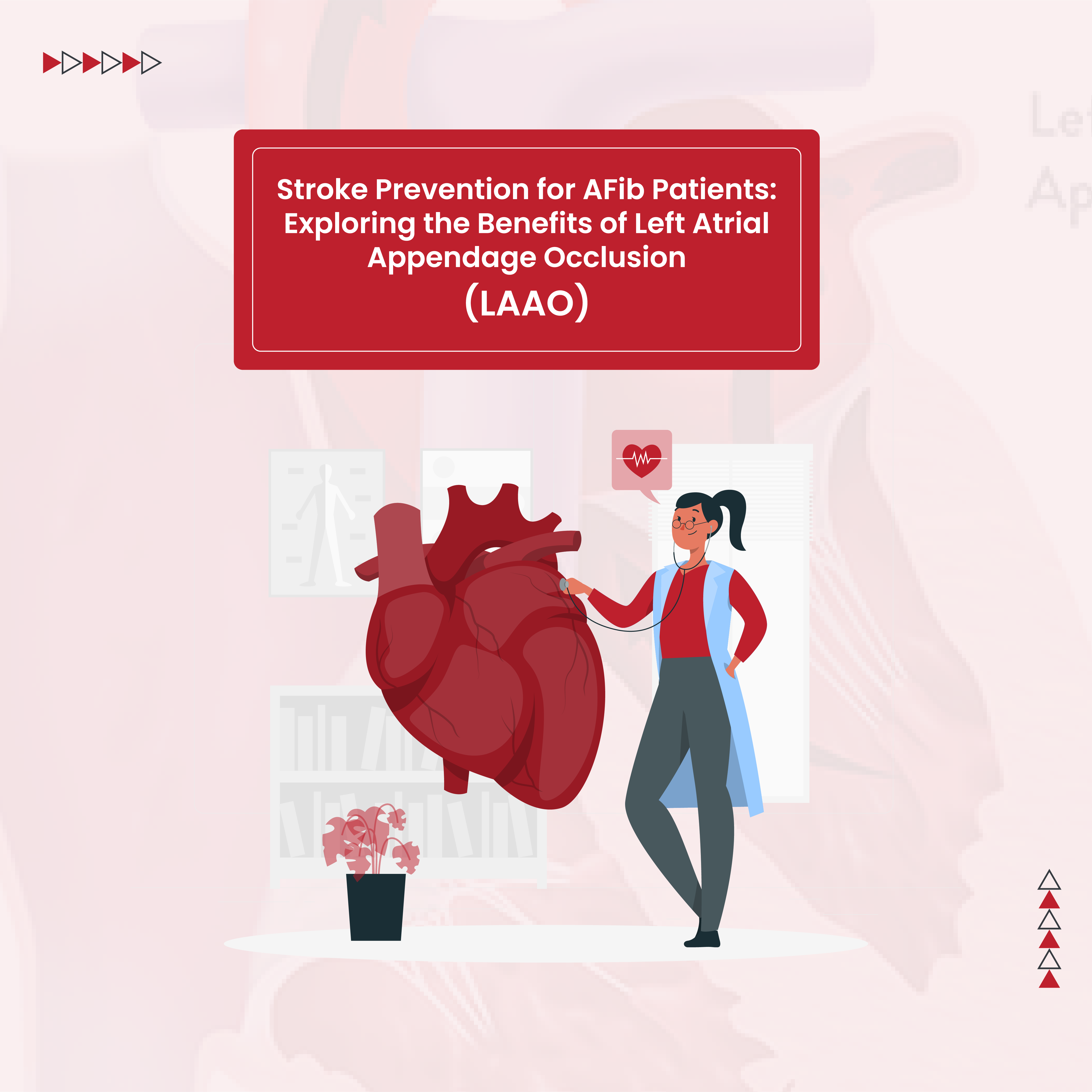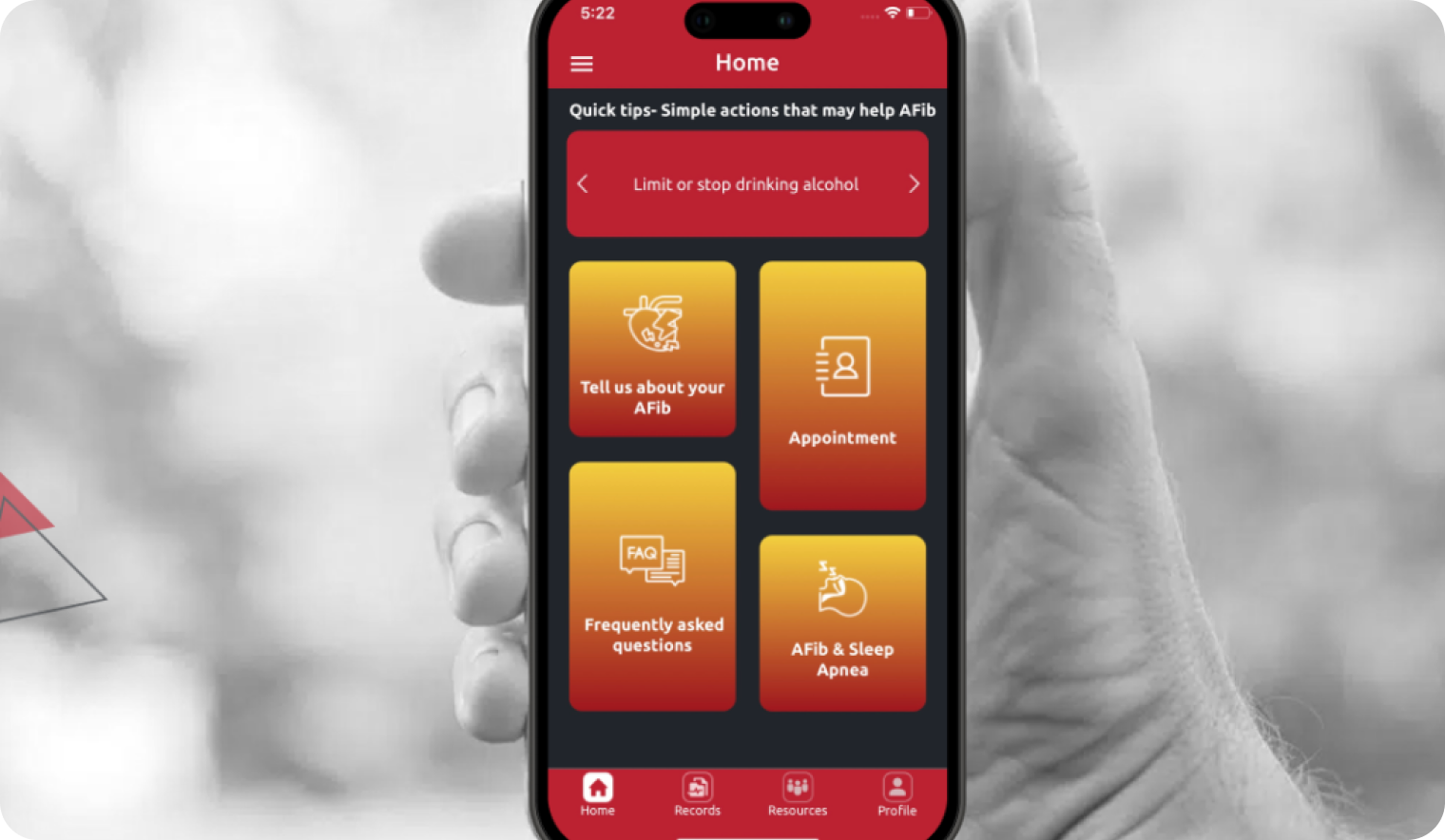The global prevalence of atrial fibrillation (AFib) is increasing due to an aging population and improved survival with chronic diseases. This has created an epidemic of AFib, making it the most common sustained abnormal heart rhythm (arrhythmia), and there is a 37% lifetime risk of developing AFib. The presence of atrial fibrillation risk factors increases a person’s individual risk. The mechanisms leading to atrial fibrillation initiation and maintenance are not entirely understood and AFib management is an area of active research. Atrial fibrillation treatment continues to evolve as our understanding of AFib improves.
What Is The Recommended Approach To Treatment Of Atrial Fibrillation?
Atrial fibrillation and atrial flutter cause the upper chambers of the heart (atria) to beat rapidly and ineffectively. These arrhythmias increase the risk of blood pooling, and subsequently clotting, in the heart which increases the risk of stroke. While AFib is not life-threatening, atrial fibrillation treatment is important because proper AFib management can:
- Control symptoms and improve quality of life. Common AFib symptoms include palpitations, racing heart, chest pain, shortness of breath, lightheadedness, fatigue, and decreased exercise capacity. Many AFib symptoms are the result of fast heart rates. Heart rate control with a beta-blocker, like metoprolol, or calcium channel blocker, like diltiazem, often leads to significant symptom improvement.
- Restore a normal heart rhythm. While heart rate control can help make you feel better, using rhythm control strategies like antiarrhythmic medications, electrical cardioversion, and/or cardiac ablation help you maintain a normal heart rhythm which can help slow atrial fibrillation progression and minimize long-term complications.
- Prevent serious complications. People with atrial fibrillation are at a 5 times increased risk for stroke. Other complications include an increased risk of heart failure, hospitalization, and death. Atrial fibrillation treatment helps decrease the risk of these complications.
How Is Atrial Fibrillation Managed?
AFib is a complex disease and atrial fibrillation treatment requires a multi-pronged approach that is based on patient preferences. The first step in atrial fibrillation management relies on diagnosis of the arrhythmia and identifying any underlying health conditions that may be contributing to AFib:
AFib Diagnosis. There are different kinds of atrial fibrillation and in order for your doctor to develop your personalized AFib treatment plan it is important to identify what type of AFib you have:
-
- Paroxysmal atrial fibrillation. Atrial fibrillation that lasts for less than a week. If you have paroxysmal AFib, it is important to determine how much time is being spent in AFib (i.e. AFib burden) if possible.
- Persistent atrial fibrillation. AFib that is continuous for more than a week but less than a year.
- Long-standing persistent atrial fibrillation. Continuous AFib that lasts for longer than 1 year.
- Permanent atrial fibrillation. Continuous AFib for which further attempts to maintain a normal heart rhythm are no longer being made.
Heart rhythm monitors are used to identify and diagnose atrial fibrillation. Your doctor orders most of these monitors. However, there is a lot of interest in using smartwatch technology to help diagnose AFib. A recent study, that is still in pre-publication, compared the ability of 2 leading smartwatches to correctly detect and identify atrial fibrillation. The study found that while the smartwatches can produce an adequate recording of the heart rhythm, they are unable to reliably and/or accurately diagnose AFib and clinician interpretation of the heart rhythm recording is still necessary.
Identify and treat risk factors. There are certain conditions that increase the risk of AFib. Whenever possible, these conditions should be treated to minimize AFib and help make atrial fibrillation treatments more effective. Some AFib risk factors are non-modifiable like age, gender, and genetics. However, there are a number of treatable health conditions that increase the risk of AFib, including:
- High blood pressure
- Heart disease that includes valve problems, heart failure, heart attack, and coronary artery disease.
- Sleep apnea
- Diabetes
- Obesity
- Excess alcohol
- Smoking
- Lung disease including pulmonary embolism (blood clots in the lungs) and COPD
What Is The First-Line Treatment For Atrial Fibrillation?
After a diagnosis of AFib has been confirmed and underlying causes and risk factors have been addressed, your doctor will turn attention to atrial fibrillation management with heart rate control, rhythm control, and stroke prevention.
Rate control. When it comes to rate control, beta-blockers and calcium channel blockers are the most common classes of medication to be used. You may wonder, “How does my doctor decide which one to use?” Or “Which is better for AFib metoprolol or diltiazem?” The answer is that beta-blockers, like metoprolol, and calcium channel blockers, like diltiazem, are both good choices for rate control. And it comes down to personal patient characteristics to determine which one is better for an individual patient.
For example, diltiazem does not tend to cause as much exercise intolerance and fatigue as metoprolol. So diltiazem may be a better choice for a younger, more active patient with AFib. Diltiazem also achieves heart rate control faster than metoprolol. So it is often the first choice for a patient who is in the emergency room with AFib with a very fast heart rate. If that same patient also has a history of heart attack, metoprolol will probably be chosen for chronic rate control after the heart comes down with the IV diltiazem. In this example, the metoprolol is beneficial for both the AFib and the heart disease.
Early rhythm control. Historically, AFib treatment has focused on heart rate control and reducing the risk of stroke. However, the benefits of treating the irregular heartbeat and preventing an atrial fibrillation attack from occurring are becoming increasingly clear.
As a result, it appears that the future of atrial fibrillation management will emphasize the importance of trying to restore a normal rhythm early in the AFib disease process when AFib treatments are more effective. In May 2022, the Journal of the American College of Cardiology published a review on AFib treatment. The conclusion was that early rhythm control helps slow AFib disease progression. And therefore can help prevent AFib-related heart failure, strokes, and deaths.
Reduce the risk of stroke. People with AFib are at an increased risk of stroke. Certain risk factors increase the risk of stroke further, including:
- Age
- Female gender
- High blood pressure
- History of heart attack or blockages in your arteries
- History of stroke or transient ischemic attack (TIA)
- Heart failure
- Diabetes
- History of blood clots
Anticoagulation (blood thinner medication) is the most common way to reduce the risk of stroke. But not everyone can take an anticoagulant. For these people, there are procedures that close the left atrial appendage (LAA) which is the area of the heart where over 90% of AFib-related blood clots form. It is these blood clots that can leave the heart, enter into circulation, travel to the brain, and cause a stroke. LAA closure can be done during a minimally invasive procedure or during heart surgery. The most common minimally invasive implant is a Watchman device to seal the opening to the LAA.
This is a very effective way to reduce the risk of stroke in patients with AFib. But it does require that you continue to take a blood-thinning or antiplatelet medication for 6 months after the procedure. A newer device, called the Amulet, employs a similar concept as the Watchman but anticoagulation can be stopped immediately after the procedure. This makes it an excellent option if you have had bleeding complications from anticoagulation.
Are There Any New Treatments For Atrial Fibrillation?
Catheter ablation for atrial fibrillation is more effective at preventing AFib recurrence and reducing stroke, cardiovascular hospitalizations, and death than antiarrhythmic medication. Patients with AFib who undergo ablation also report greater improvement in quality of life than those managed on antiarrhythmic drug therapy.
Advancements in AFib ablation techniques include:
- Pulsed-field ablation. Pulsed-field ablation is new catheter ablation technology that has shown promising results. The first-in-human clinical study was published in January 2022 and showed 100% procedural success in isolating the pulmonary veins (the site from which over 90% of AFib originates) with no adverse events. This study demonstrated that pulsed-field technology was safe. Upcoming studies will study if pulsed-field technology is as effective as radiofrequency and cryoablation for the treatment of paroxysmal atrial fibrillation.
- Contact-force sensing catheter for persistent atrial fibrillation. Successfully restoring normal rhythm in patients with persistent atrial fibrillation is markedly more difficult than in patients with paroxysmal AFib and ablation success rates for persistent AFib are 50% vs. 75-80% for paroxysmal AFib. A new kind of radiofrequency catheter using contact-force sensing technology has shown promising results for the treatment of persistent atrial fibrillation. The PRECEPT study investigated the use of a contact force sensing catheter for patients with symptomatic persistent AFib/atrial flutter. The study found that 80% of patients who underwent ablation using this technology had no recurrences of AFib/atrial flutter during the 15 months following ablation.
The incidence of atrial fibrillation is expected to increase substantially over the coming decades and research to improve AFib treatment outcomes is ongoing. Continued improvements in the understanding of the causes of AFib and advances in AFib management will help decrease AFib progression and AFib complications.










